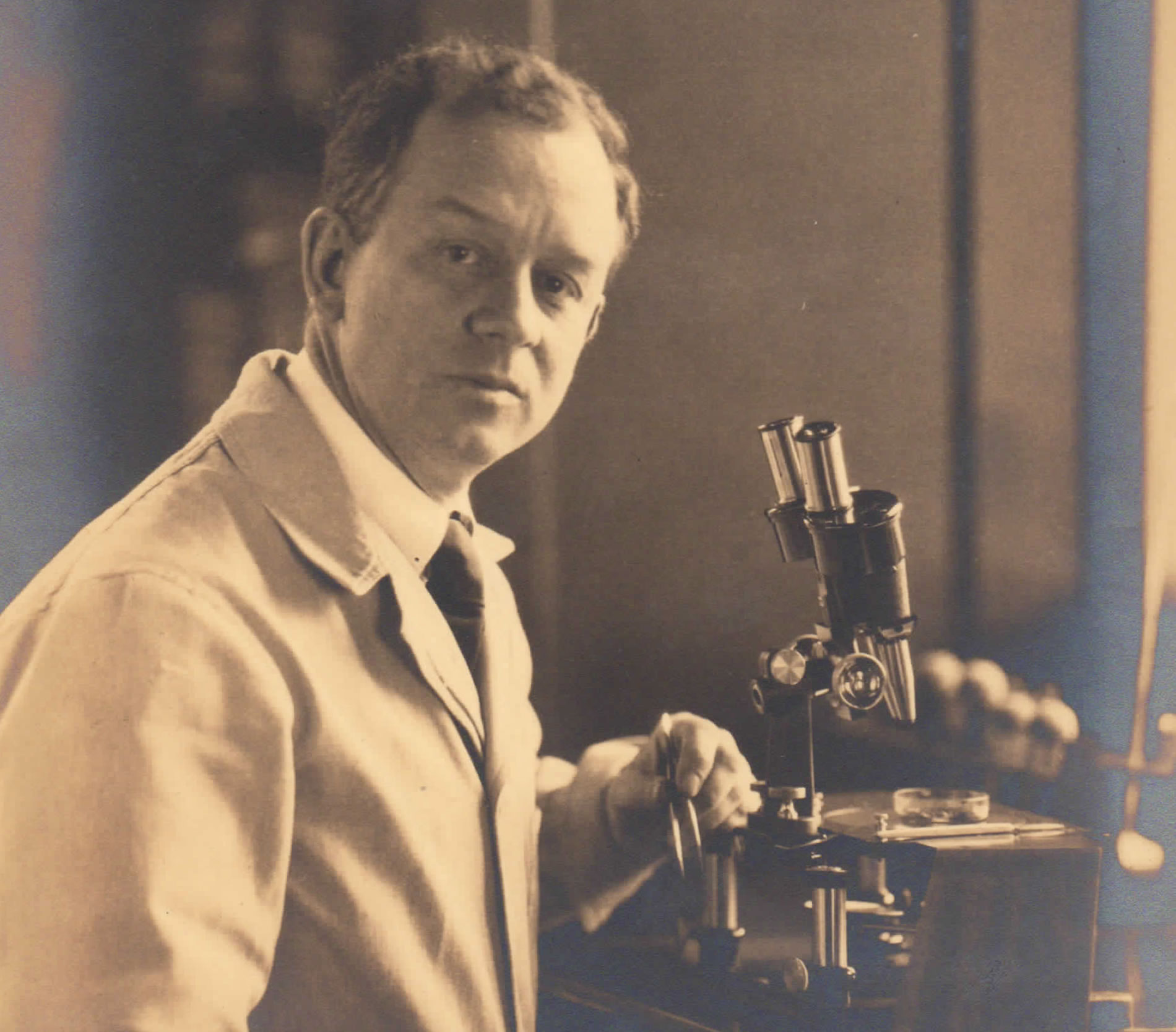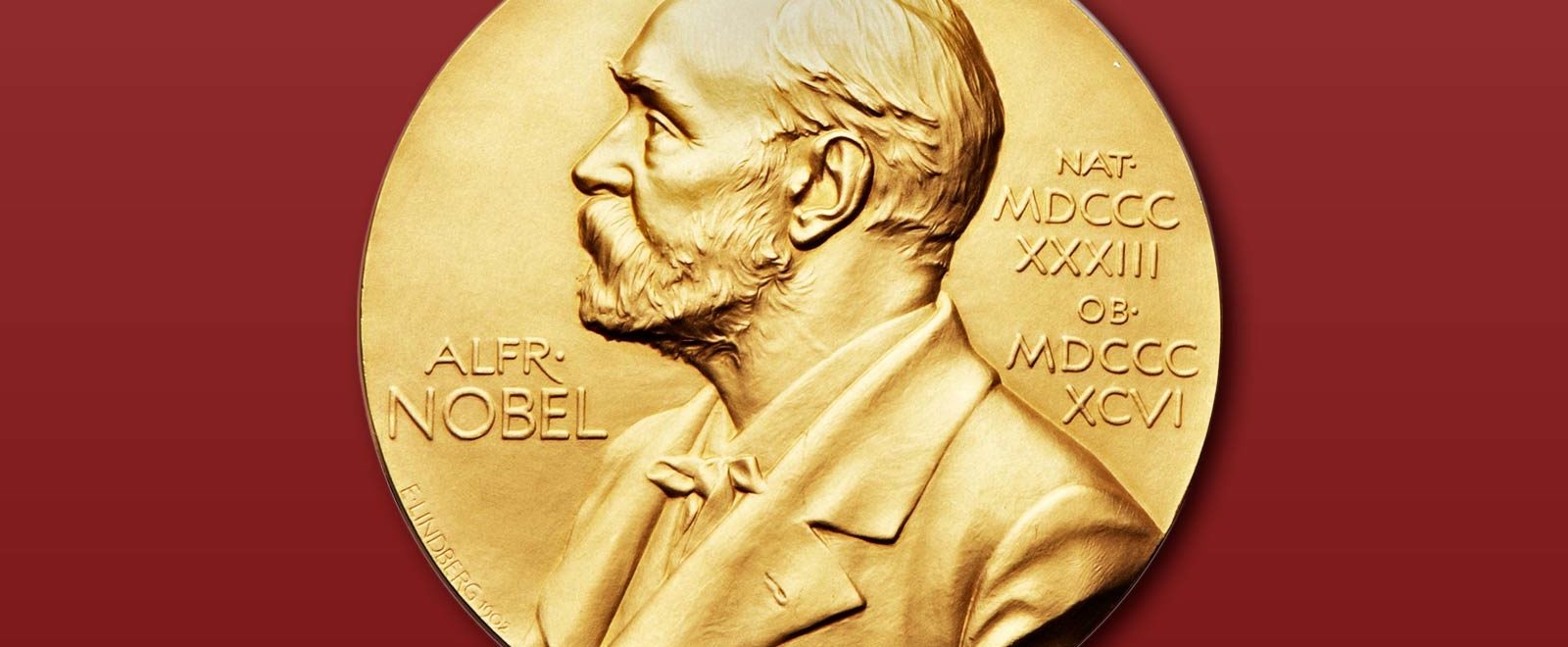AMERICAN SCIENTIST RECOGNIZED FOR GROUND-BREAKING WORK THAT LINKED VIRUSES AND CANCER
MODERN CANCER RESEARCH
Rous (1879-1970) transferred a solution taken from the sick hen’s tumor into healthy chickens. Surprisingly, the same spindle-cell sarcoma tumors developed in the healthy chickens. Flying in the face of long-held assumptions that cancer was a spontaneous, uncontrolled growth of cells, Rous suggested that a chicken cancer could be induced by a virus.
EVENT
MANUSCRIPTS GRAND FORMAT AUCTION 6149 is scheduled for Nov. 4-5, 2015, in New York and online at HA.com/6149. For information, contact Sandra Palomino at 214-409-1107 or SandraP@HA.com.
The virologist was unable to produce similar results in mammals, and his idea was dismissed. In the 1930s, Rous resumed cancer research when it was shown that a virus caused wild rabbits to develop skin warts and papilloma. Using this new model, Rous showed that viruses, chemicals and radiation can collaborate to enhance tumor development. Over the next three decades, Rous’ discoveries were reinforced and confirmed as other researchers reported links between viruses and various cancers in birds, mice and other mammals.
Enlarge

For his discovery that a virus can cause cancer, Rous was awarded a share of the Nobel Prize in medicine in 1966. Rous’ Nobel medal is featured in Heritage’s manuscripts auction scheduled for Nov. 4-5, 2015, in New York. It’s expected to realize at least $300,000.
“Rous’ discoveries are the foundation blocks of modern virology and oncology,” says Sandra Palomino, director of historical manuscripts at Heritage Auctions. “Today, he is considered the founding father of cancer virology.”
Rous’ medal is the latest of a small but growing number of Nobel Prizes that have gone to auction in recent years.
In 2013, the 1962 Nobel Prize awarded to molecular biologist Francis Crick realized $2.3 million. In 2014, the 1962 Nobel Prize medal that James Watson won for helping explain how DNA is structured sold for $4.75 million. The Nobel Peace Prize awarded to Argentina’s Foreign Minister Carlos Saavedra Lamas in 1936 sold for $1.16 million. Earlier this year, the Nobel Prize medal awarded to biochemist Hans Krebs sold at auction for $350,000.
“Nobel Prizes as collectibles were non-existent even two years ago,” Palomino says. “Prior to the sale of the Francis Crick medal in 2013, only one Nobel medal had been sold at auction. The Niels Bohr Nobel medal sold for about $50,000 in November 2012. After the $2.1 million sale of the Crick medal, values for each medal to appear on the market have skyrocketed.”

